1. Use a Plunger
If you're dealing with a clogged kitchen sink, the first and easiest way to try and fix it is by using a plunger. This tool is commonly used for unclogging toilets, but it can also work for sinks. Make sure to use a sink plunger, which has a flat bottom and a smaller cup compared to a toilet plunger. Place the plunger over the drain and push down gently, then pull up and repeat until the clog is dislodged.
2. Pour Boiling Water Down the Drain
Another simple and effective way to unclog a kitchen sink is by pouring boiling water down the drain. This method works best for grease or food clogs. Boil a pot of water on the stove and carefully pour it down the drain in two to three stages, giving the water time to work in between. If the clog is stubborn, you can add some dish soap or baking soda before pouring the water.
3. Use a Mixture of Baking Soda and Vinegar
Baking soda and vinegar are both common household ingredients that can be used for a variety of cleaning tasks, including unclogging a kitchen sink. Start by pouring a pot of boiling water down the drain, then add about half a cup of baking soda. After a few minutes, pour a mixture of equal parts vinegar and hot water down the drain. This will create a chemical reaction that can help break down and dissolve the clog.
4. Try a Drain Snake
If the above methods don't work, you can try using a drain snake. This tool is a long, flexible wire with a handle on one end and a corkscrew-like auger on the other. Insert the auger end into the drain and twist and push it until you feel resistance. This indicates that the clog has been reached. Keep twisting and pushing until the snake breaks through the clog and the water starts flowing freely.
5. Use a Wet/Dry Vacuum
If you have a wet/dry vacuum, you can also use it to unclog a kitchen sink. Set the vacuum to the wet setting and cover the vent to create a seal. Place the hose over the drain and turn on the vacuum. This will create suction that can help remove the clog. You may need to repeat this process a few times to fully clear the clog.
6. Use a Chemical Drain Cleaner
If all else fails, you can try using a chemical drain cleaner. These products are designed to dissolve clogs and are readily available at most hardware stores. Follow the instructions on the packaging carefully and make sure to wear protective gloves and eyewear when using these products. Keep in mind that chemical drain cleaners can be harmful to your pipes and the environment, so use them sparingly.
7. Remove and Clean the P-Trap
The P-trap is the curved pipe located under your sink. It is designed to catch debris and prevent it from clogging your pipes. However, sometimes the P-trap itself can become clogged. To unclog it, place a bucket underneath and unscrew the P-trap using pliers or a pipe wrench. Clean out any debris and then reattach the P-trap.
8. Use a Plumbing Snake
A plumbing snake, also known as an auger, is a more heavy-duty version of a drain snake. It is typically used by professional plumbers, but you can also purchase one for personal use. It works similarly to a drain snake but is longer and more powerful. This tool is best used for tough clogs that other methods can't seem to fix.
9. Try a Homemade Drain Cleaner
If you prefer to use natural ingredients, you can make a homemade drain cleaner using baking soda, salt, and cream of tartar. Mix equal parts of all three ingredients and pour the mixture down the drain. Follow up with some hot water to help the ingredients work their magic. This method may take longer to work, but it is a safe and environmentally-friendly option.
10. Call a Professional Plumber
If none of the above methods work or if the clog is too severe, it may be time to call a professional plumber. They have the tools and expertise to unclog your kitchen sink effectively and safely. While it may cost more than trying to fix it yourself, it can save you time and stress in the long run.
In conclusion, there are many easy and effective ways to unclog a kitchen sink. From using a plunger to calling a professional plumber, you have many options to choose from. Remember to always take precautions and wear protective gear when using chemical products, and try to use natural methods first before resorting to harsh chemicals. With these methods, you can keep your kitchen sink running smoothly and avoid any frustrating clogs in the future.
The Easiest Way to Unclog a Kitchen Sink: A Professional Guide

The Importance of a Functional Kitchen Sink
 A kitchen sink is a vital component in any household. It serves as a place for washing dishes, preparing food, and cleaning hands. A clogged kitchen sink can hinder these daily tasks, causing inconvenience and frustration. It is essential to address the issue as soon as possible to avoid further damage and potential plumbing expenses. In this article, we will discuss the easiest and most effective way to unclog a kitchen sink.
A kitchen sink is a vital component in any household. It serves as a place for washing dishes, preparing food, and cleaning hands. A clogged kitchen sink can hinder these daily tasks, causing inconvenience and frustration. It is essential to address the issue as soon as possible to avoid further damage and potential plumbing expenses. In this article, we will discuss the easiest and most effective way to unclog a kitchen sink.
The Root Causes of a Clogged Kitchen Sink
 Before we dive into the solution, it is crucial to understand the root causes of a clogged kitchen sink. The most common culprits are food debris, grease, and soap scum buildup. Over time, these substances can accumulate and block the drain, causing water to back up and create a messy situation. Knowing the cause will help prevent future clogs and maintain a functional kitchen sink.
Before we dive into the solution, it is crucial to understand the root causes of a clogged kitchen sink. The most common culprits are food debris, grease, and soap scum buildup. Over time, these substances can accumulate and block the drain, causing water to back up and create a messy situation. Knowing the cause will help prevent future clogs and maintain a functional kitchen sink.
The Easiest Way to Unclog a Kitchen Sink
:max_bytes(150000):strip_icc()/how-to-unclog-a-kitchen-sink-2718799_sketch_FINAL-8c5caa805a69493ab22dfb537c72a1b7.png) Now that we know the importance of a functional kitchen sink and the common causes of clogs, let's discuss the easiest way to unclog it. The first step is to try a plunger. This tool can create suction and dislodge the blockage. Make sure to cover the overflow opening with a wet cloth to ensure proper suction. If the plunger does not work, the next step is to use a drain snake. Insert the snake into the drain and turn it clockwise while pushing it in. This will help break up and remove any stubborn clogs.
If the above methods do not work, it is best to seek professional help.
A plumber will have the necessary tools and expertise to unclog your kitchen sink quickly and efficiently. It may cost more, but it will save you time and effort in the long run.
Now that we know the importance of a functional kitchen sink and the common causes of clogs, let's discuss the easiest way to unclog it. The first step is to try a plunger. This tool can create suction and dislodge the blockage. Make sure to cover the overflow opening with a wet cloth to ensure proper suction. If the plunger does not work, the next step is to use a drain snake. Insert the snake into the drain and turn it clockwise while pushing it in. This will help break up and remove any stubborn clogs.
If the above methods do not work, it is best to seek professional help.
A plumber will have the necessary tools and expertise to unclog your kitchen sink quickly and efficiently. It may cost more, but it will save you time and effort in the long run.
Preventing Future Clogs
 Prevention is key
in maintaining a functional kitchen sink. Here are some tips to prevent future clogs:
1. Avoid pouring grease down the drain. Instead, dispose of it in a container and throw it in the trash.
2. Use a drain strainer to catch food debris and prevent it from going down the drain.
3. Regularly clean the drain with a mixture of hot water and vinegar to prevent buildup.
Prevention is key
in maintaining a functional kitchen sink. Here are some tips to prevent future clogs:
1. Avoid pouring grease down the drain. Instead, dispose of it in a container and throw it in the trash.
2. Use a drain strainer to catch food debris and prevent it from going down the drain.
3. Regularly clean the drain with a mixture of hot water and vinegar to prevent buildup.
In Conclusion
 A clogged kitchen sink may seem like a simple problem, but it can cause significant inconvenience and expenses if not addressed promptly. By following the tips and methods discussed in this article, you can easily unclog your kitchen sink and prevent future clogs. Remember, if all else fails, do not hesitate to seek professional help. A functional kitchen sink is essential in maintaining a clean and functional household.
A clogged kitchen sink may seem like a simple problem, but it can cause significant inconvenience and expenses if not addressed promptly. By following the tips and methods discussed in this article, you can easily unclog your kitchen sink and prevent future clogs. Remember, if all else fails, do not hesitate to seek professional help. A functional kitchen sink is essential in maintaining a clean and functional household.















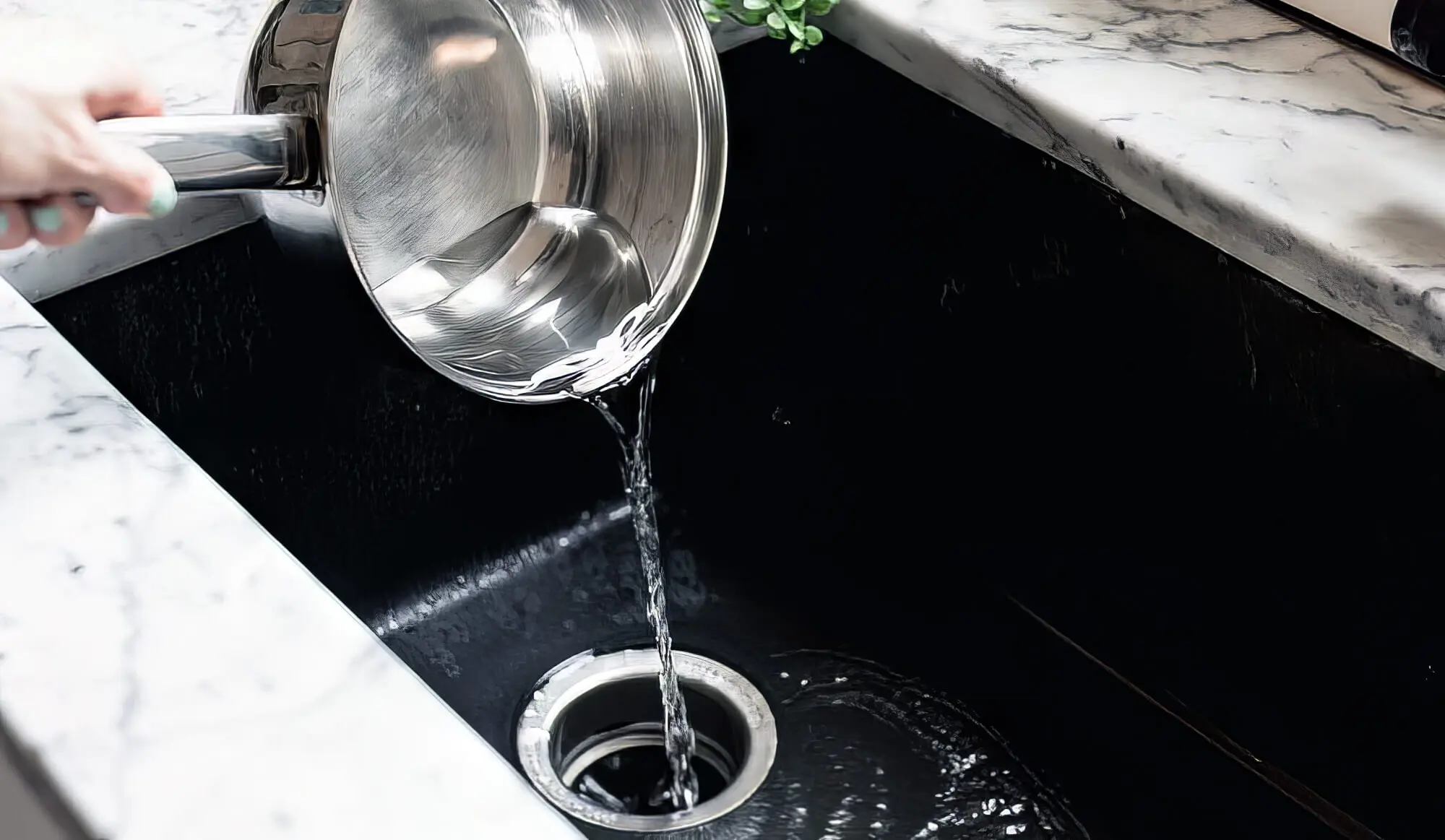
.jpg?time=1689761045394)





















:max_bytes(150000):strip_icc()/Vastar-4-Pack-Drain-Snake-50b0e77281b244e386d046ca25ba76b6.jpg)






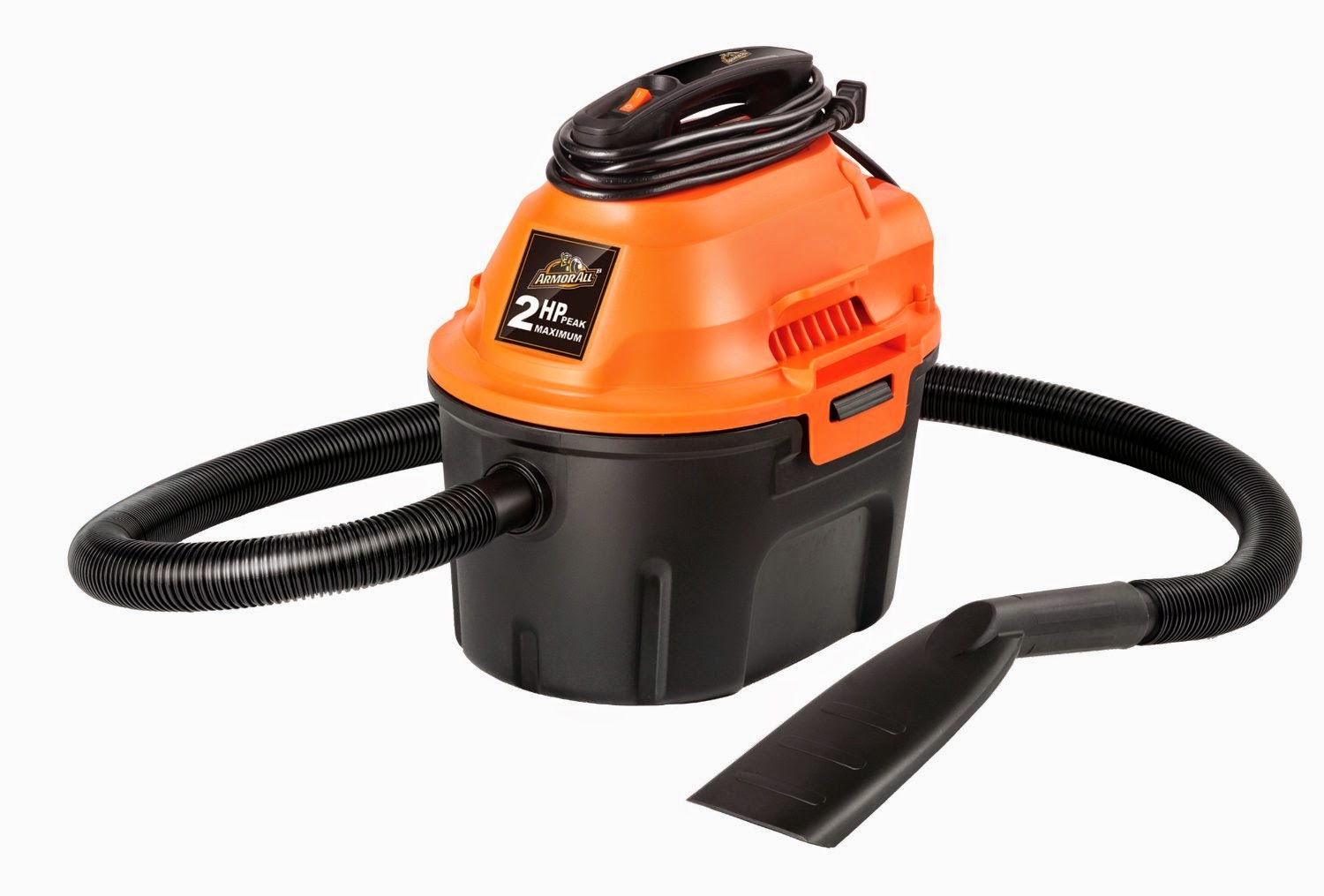



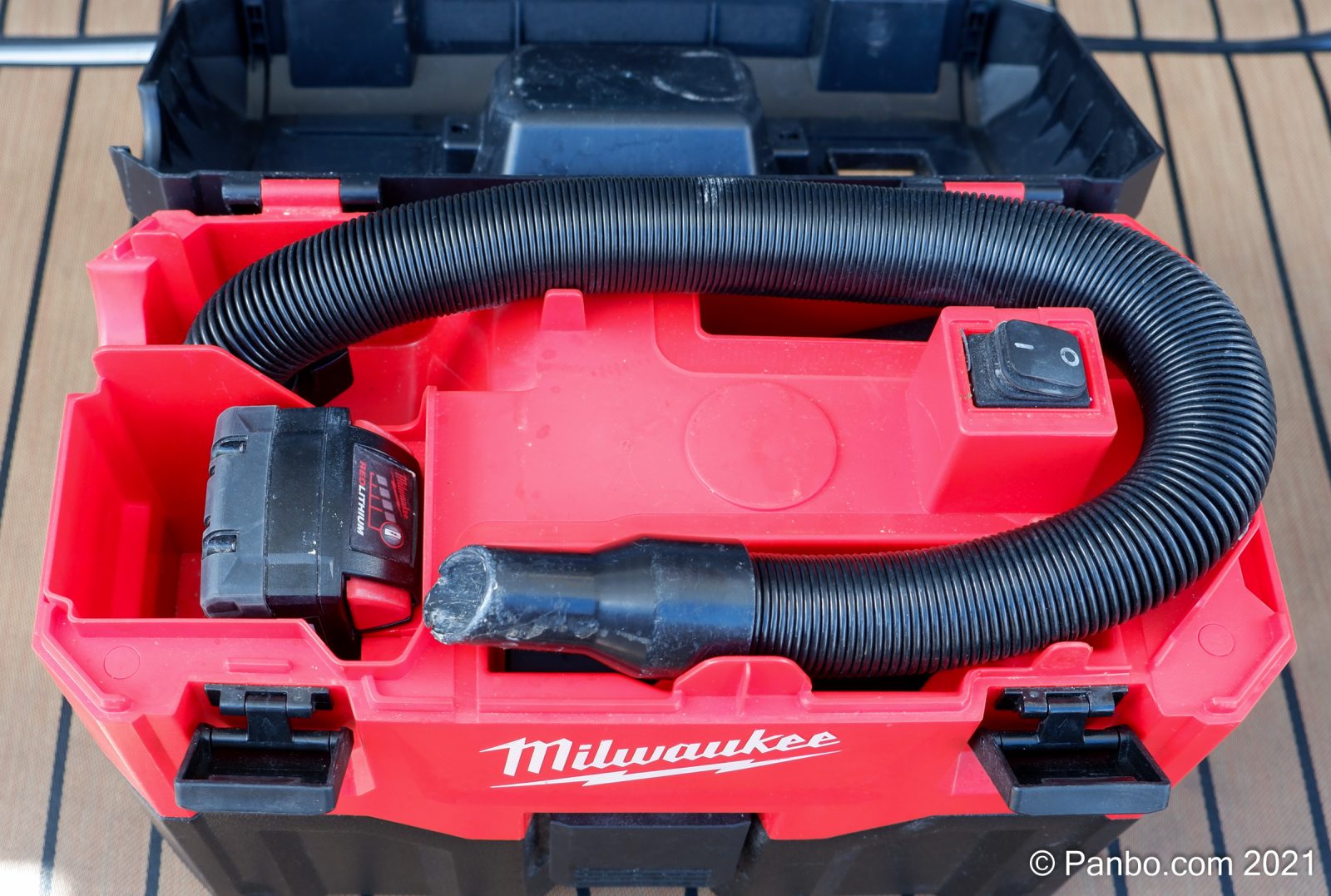
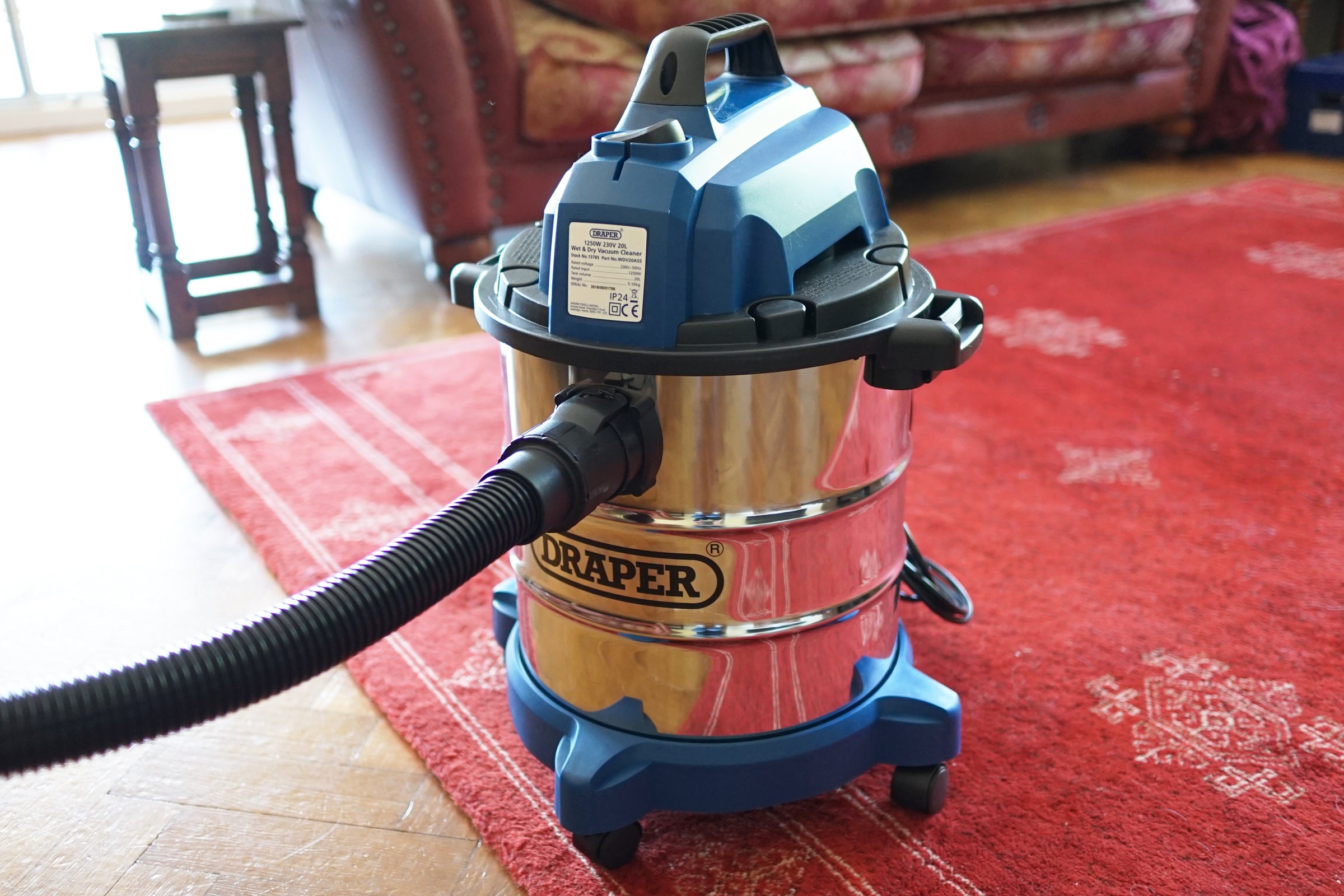





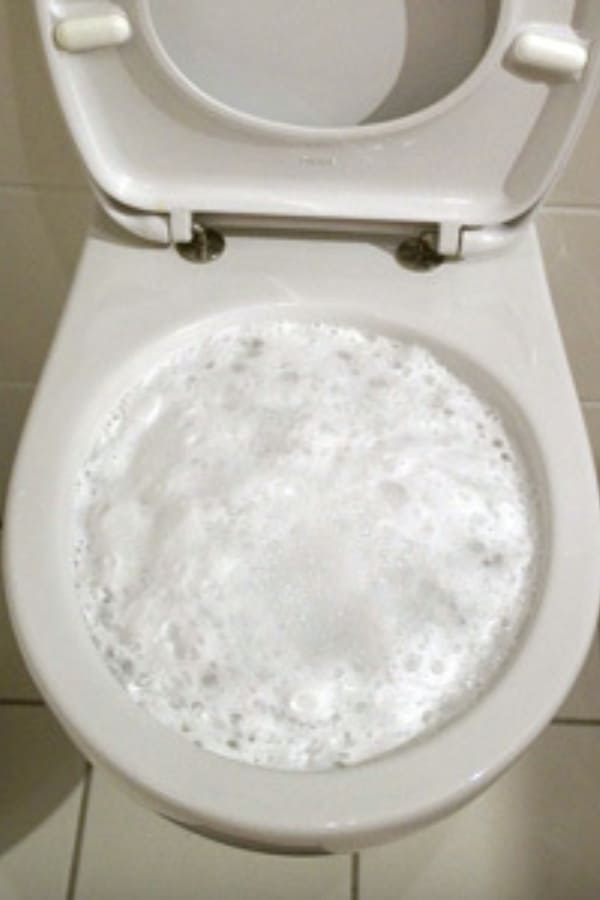
































:max_bytes(150000):strip_icc()/homemade-drain-cleaner-2718784-10-d0d43469f00a45f6890b0a959d28cc8e.jpg)

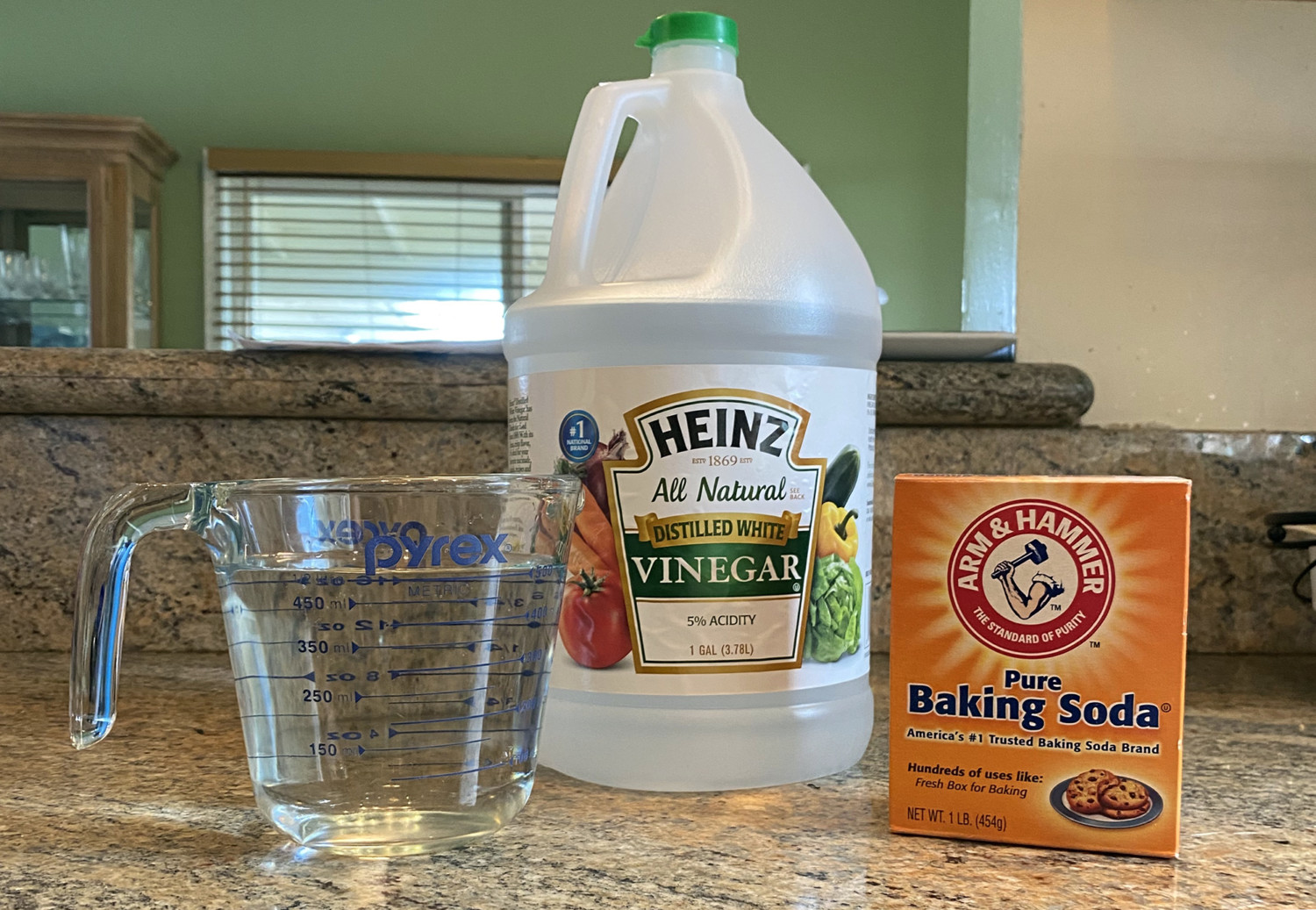
/98292130-56a12f705f9b58b7d0bcdef7.jpg)


:max_bytes(150000):strip_icc()/homemade-drain-cleaner-2718784_01_1041-09a5264ba2a34698816e62a385f0895f.jpg)


















